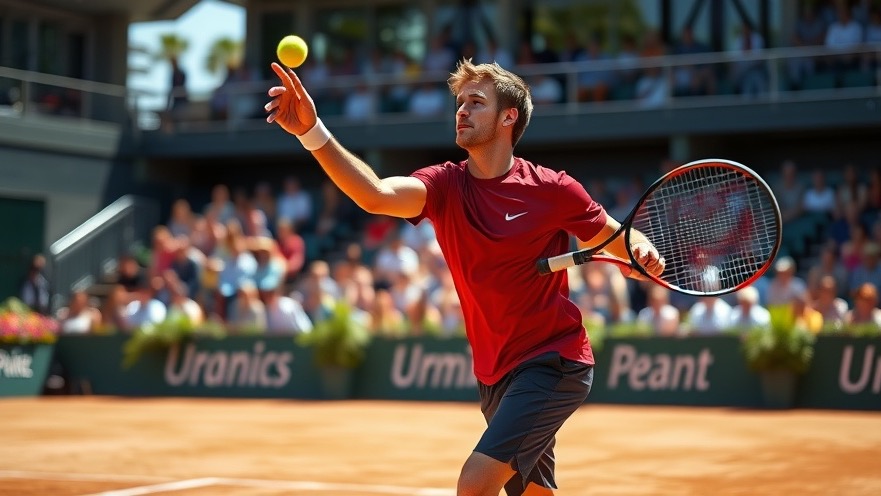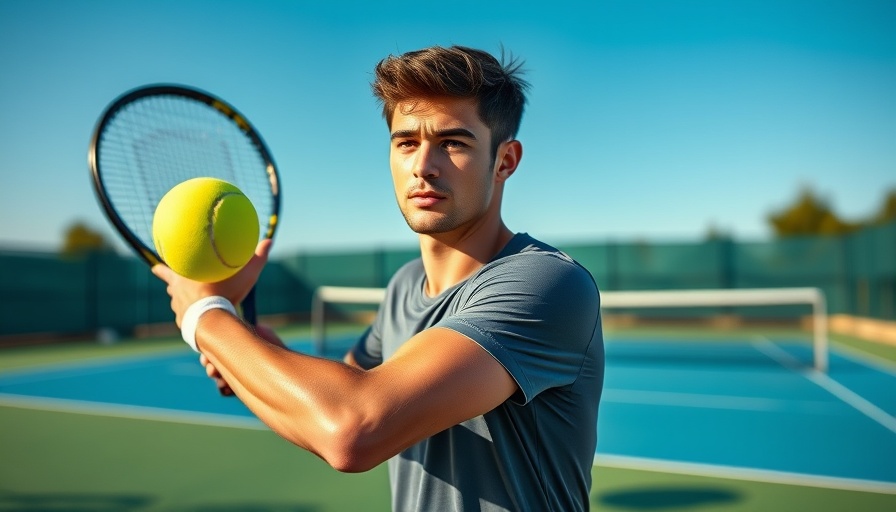
Mastering the Art of Toss for Perfect Tennis Serves
The secret to an exceptional tennis serve often lies not just in power or technique, but in the often-overlooked skill of the toss. As discussed in the video "You need to know how to toss to have a great serve!" players at all levels can elevate their game by learning effective toss techniques. The toss sets the stage for a successful serve—if you can control it, you can control your serve.
In "You need to know how to toss to have a great serve!", the discussion dives into the technique of tossing, exploring key insights that sparked deeper analysis on our end.
The Importance of a Consistent Toss
A consistent toss provides a reliable foundation for your serve. When players don’t master their toss, it leads to unpredictable serves, which can throw off their entire game. Having a standard toss height and angle allows players to add spin, speed, and placement to their serves with ease. It’s the first step to developing a strong serving strategy.
A Challenge Worth Taking—Toss Tips for Every Player
Whether you're a seasoned athlete or a newcomer, improving your toss is within reach. Start by focusing on a few core tips:
Use the Non-Dominant Hand: This is crucial for balance and control. Focus on keeping your non-dominant hand steady as you push the ball upwards.
Ball Placement: Keep the ball just above your tossing hand’s fingertips to avoid overreaching and losing rhythm.
Height and Angle Consistency: Practice to ensure your toss height and angle remain uniform. This predictability allows for better timing and execution of the serve.
By consistently practicing these techniques, players can find their rhythm and improve their serve performance.
Psychological Edge—The Confidence Factor
A successful toss can also boost your confidence on the court. Knowing that you have a reliable toss allows you to take greater risks with your serves, testing different angles and spins. Players often underestimate the role of psychology in tennis; a well-placed toss can instill confidence, pushing players to go for that ace.
Future Trends in Service Techniques
As tennis continues to evolve, the methods of training for serves—including the toss—are expected to become more advanced. With technology providing new insights into biomechanics, players will soon have tools that analyze their toss in real-time, significantly enhancing personalized training regimens.
In conclusion, mastering the toss is an essential skill for enhancing your tennis serve and your overall game. If you’re striving to reach a new level in your playing, focus on refining this skill. The tips and insights provided from the video not only serve as a great starting point but are also a reminder that the fundamentals are often where breakthroughs occur. Dive into your practice sessions with determination, and watch how a great toss can transform your game.
 Add Row
Add Row  Add
Add 




Write A Comment